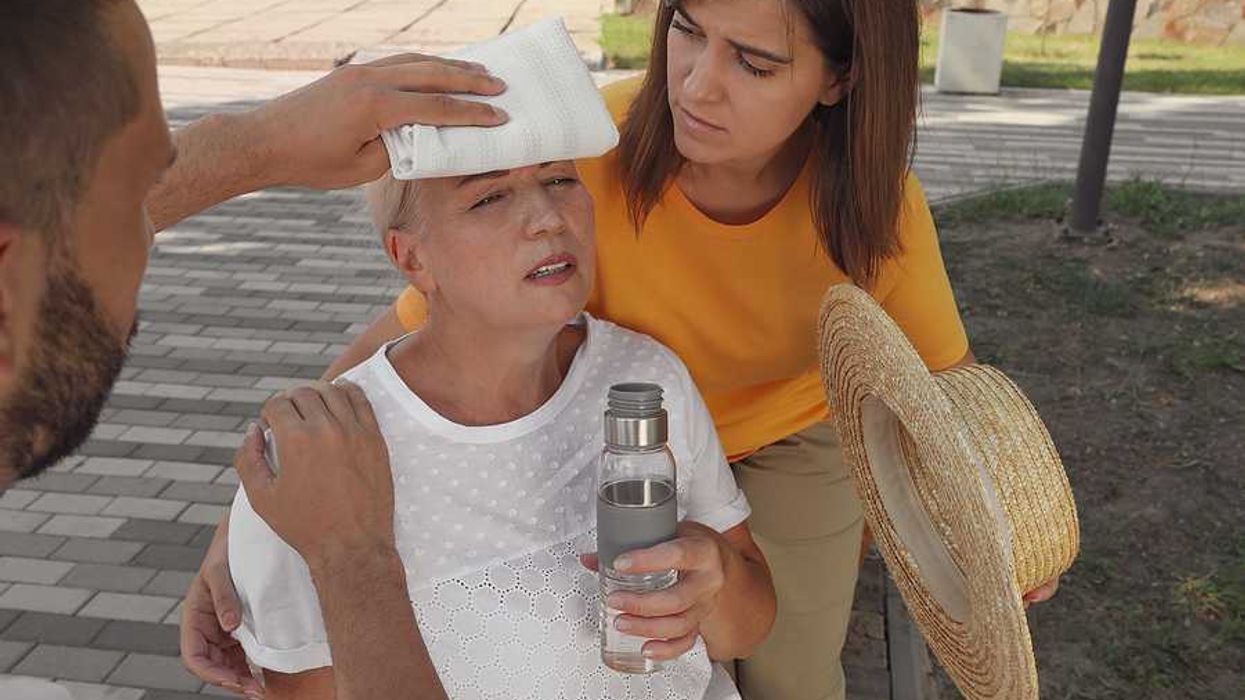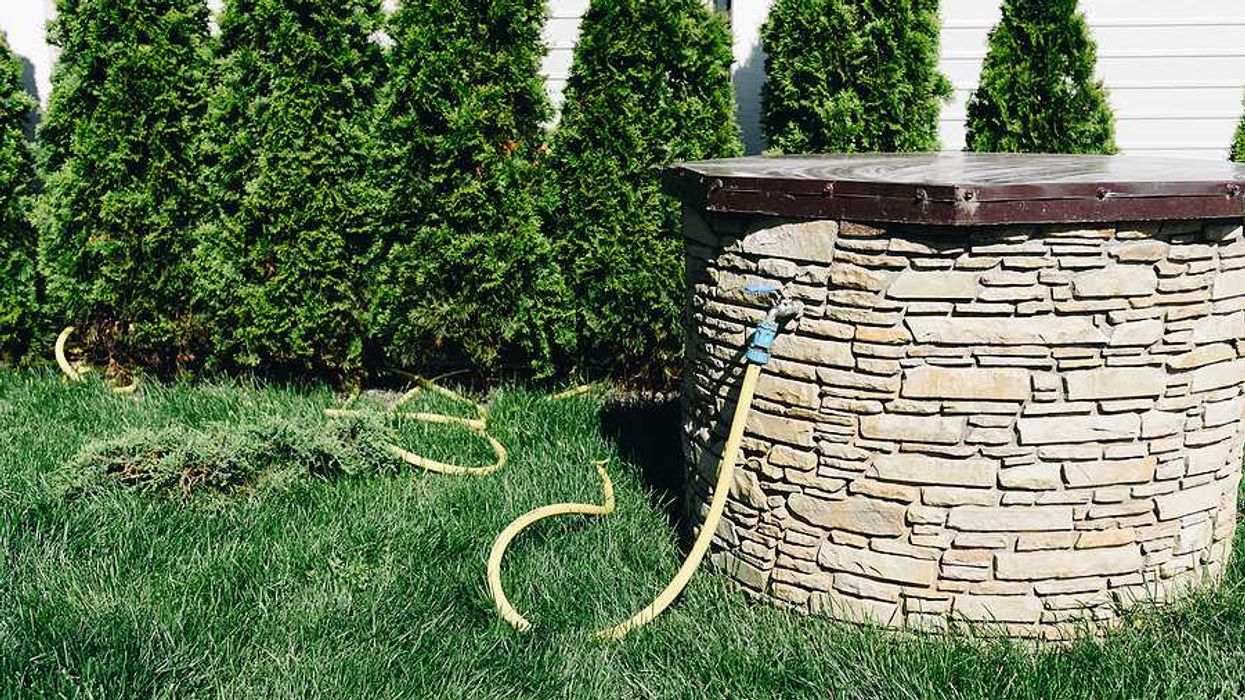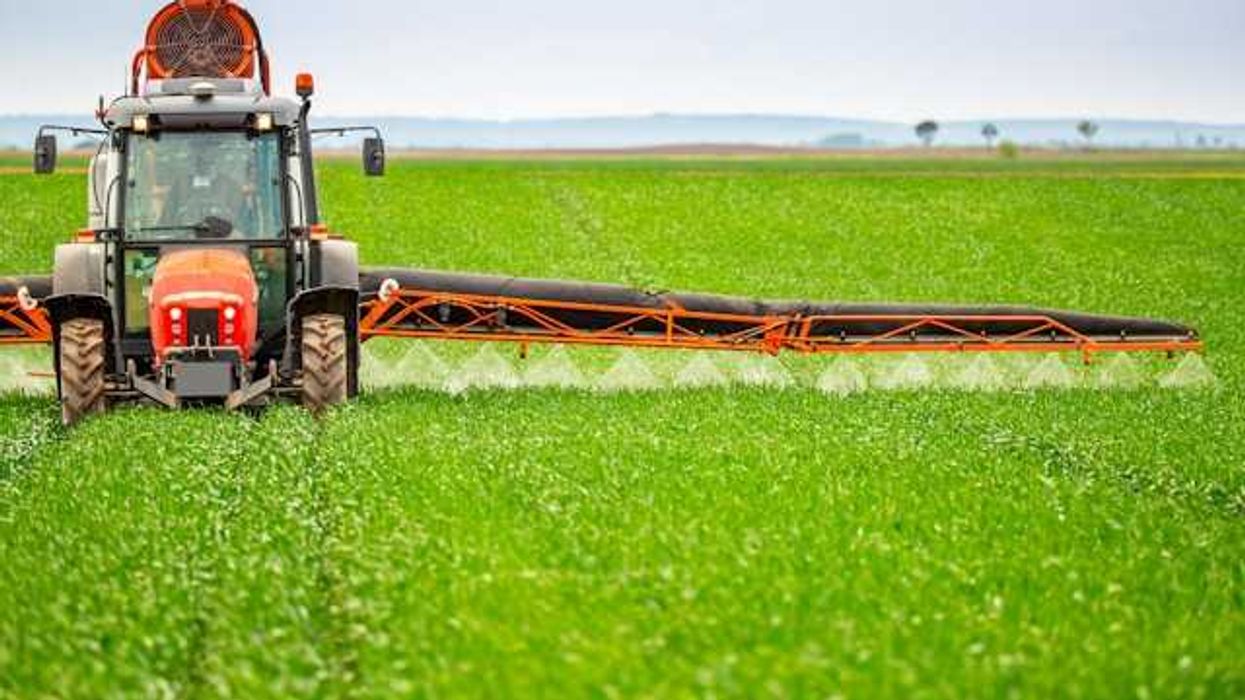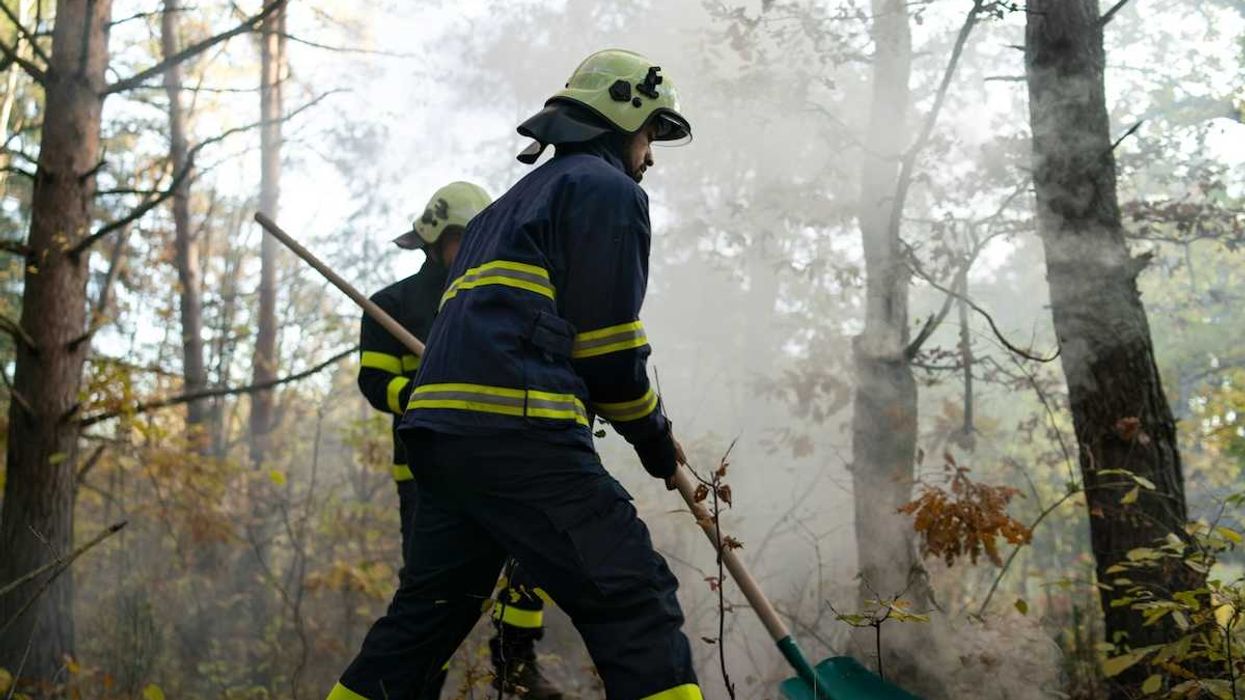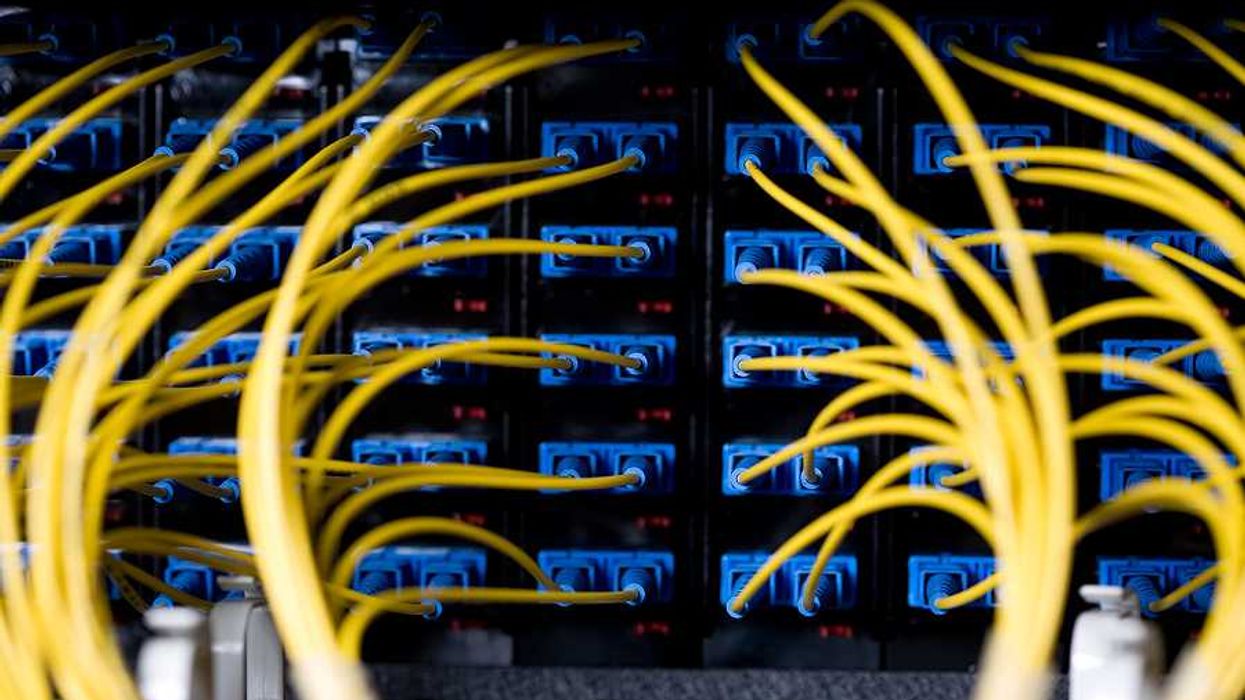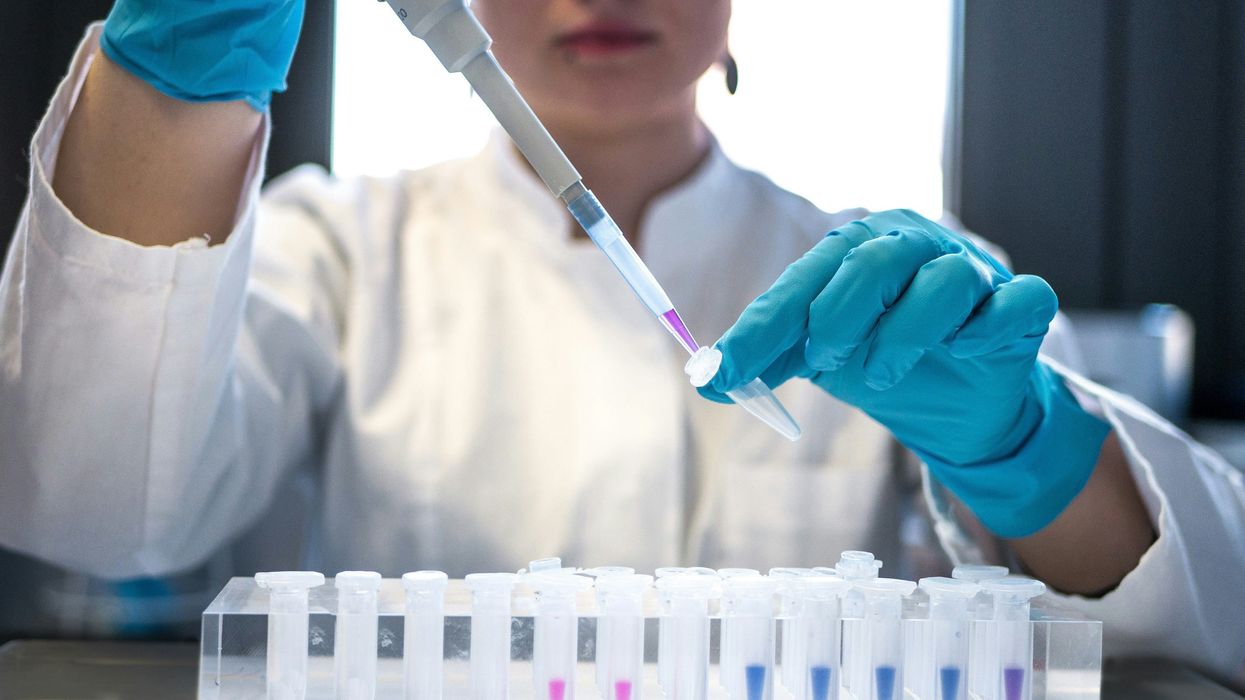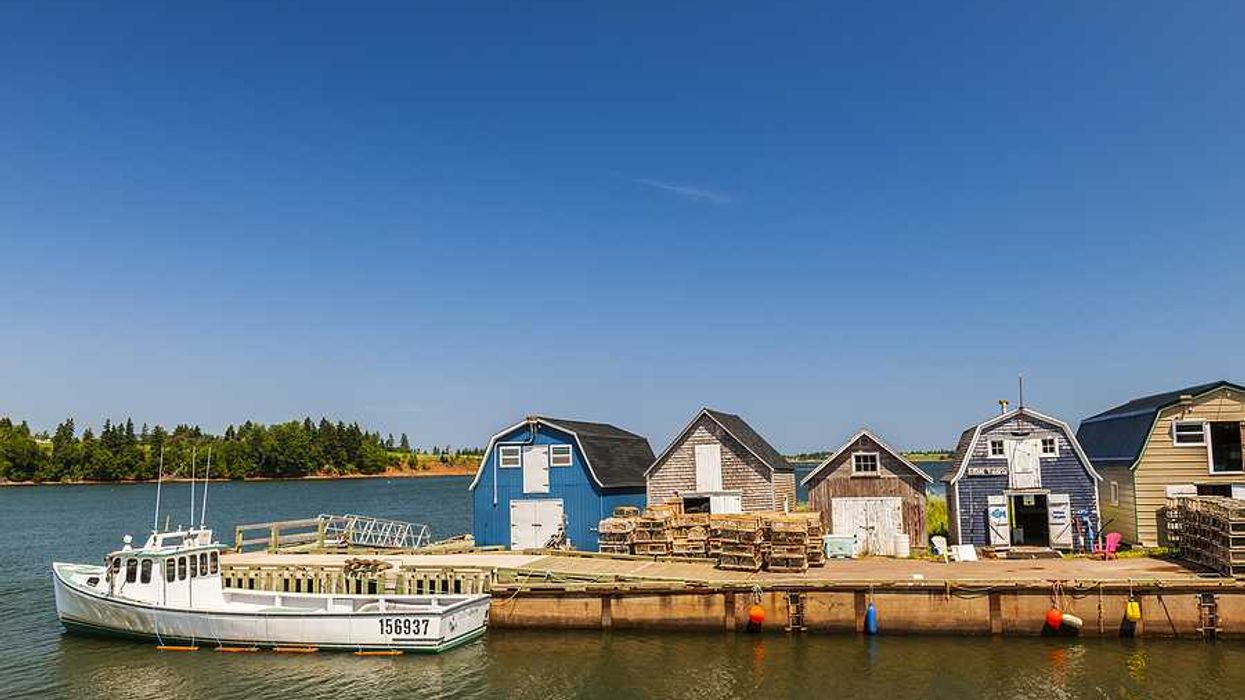Microplastics accumulating in wastewater are providing a breeding ground for harmful bacteria, raising public health concerns over pathogen spread through treated water.
Oceane Duboust reports for Euronews.
In short:
- Microplastics in wastewater create a “plastisphere,” a microbial biofilm that can shield bacteria like E. coli and Listeria, allowing them to evade standard treatment processes.
- Researchers found these biofilms on microplastics even at the final stages of wastewater treatment, posing risks of transferring bacteria into natural water sources and potentially the food chain.
- The study highlights concerns over antimicrobial resistance, as microplastics can serve as hotspots for gene transfer, including antibiotic resistance genes.
Key quote:
“Plastics in wastewater treatment plants are colonized by microbial biofilms, or ‘plastispheres,’ which can harbor pathogens... posing challenges for environmental health and water reuse efforts.”
— Ingun Lund Witsø, Norwegian University of Life Sciences
Why this matters:
While wastewater plants are designed to kill off most dangerous microbes, microplastics give these pathogens a place to hide, shielding them from destruction and ultimately letting them re-enter our ecosystems through water sources, farmlands and even our food. Read more: Microplastics and pollution combine to become much more toxic.


